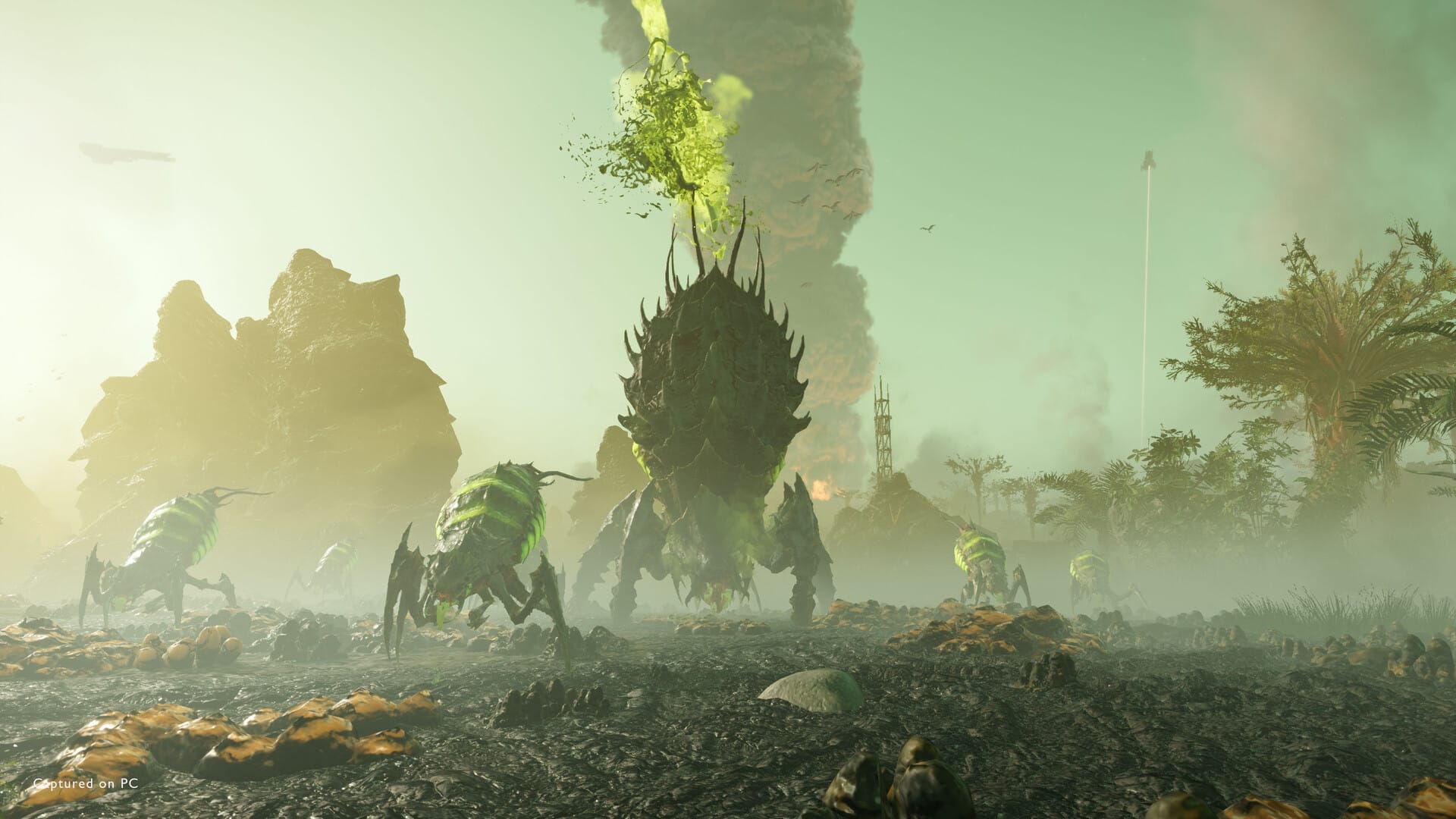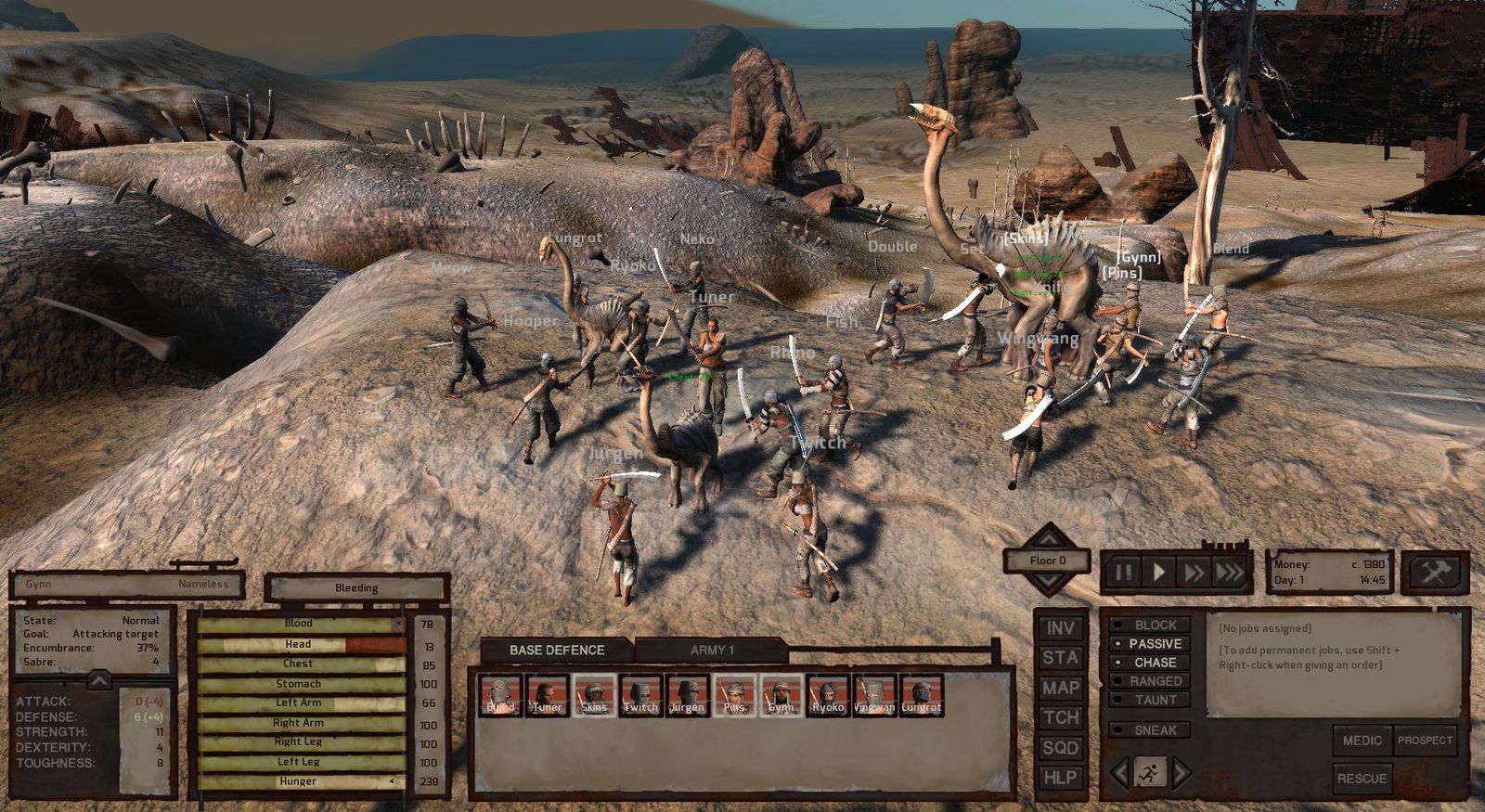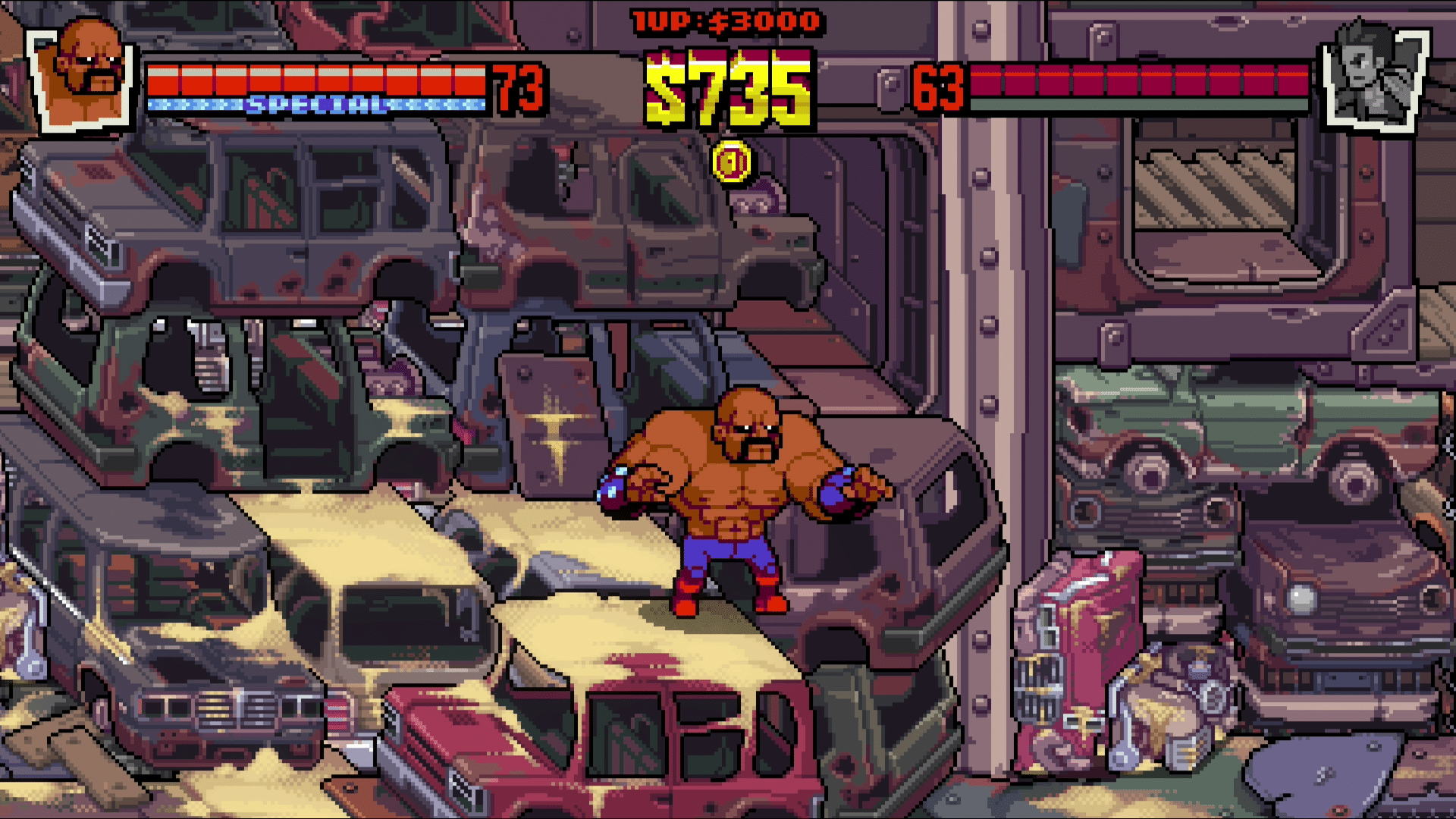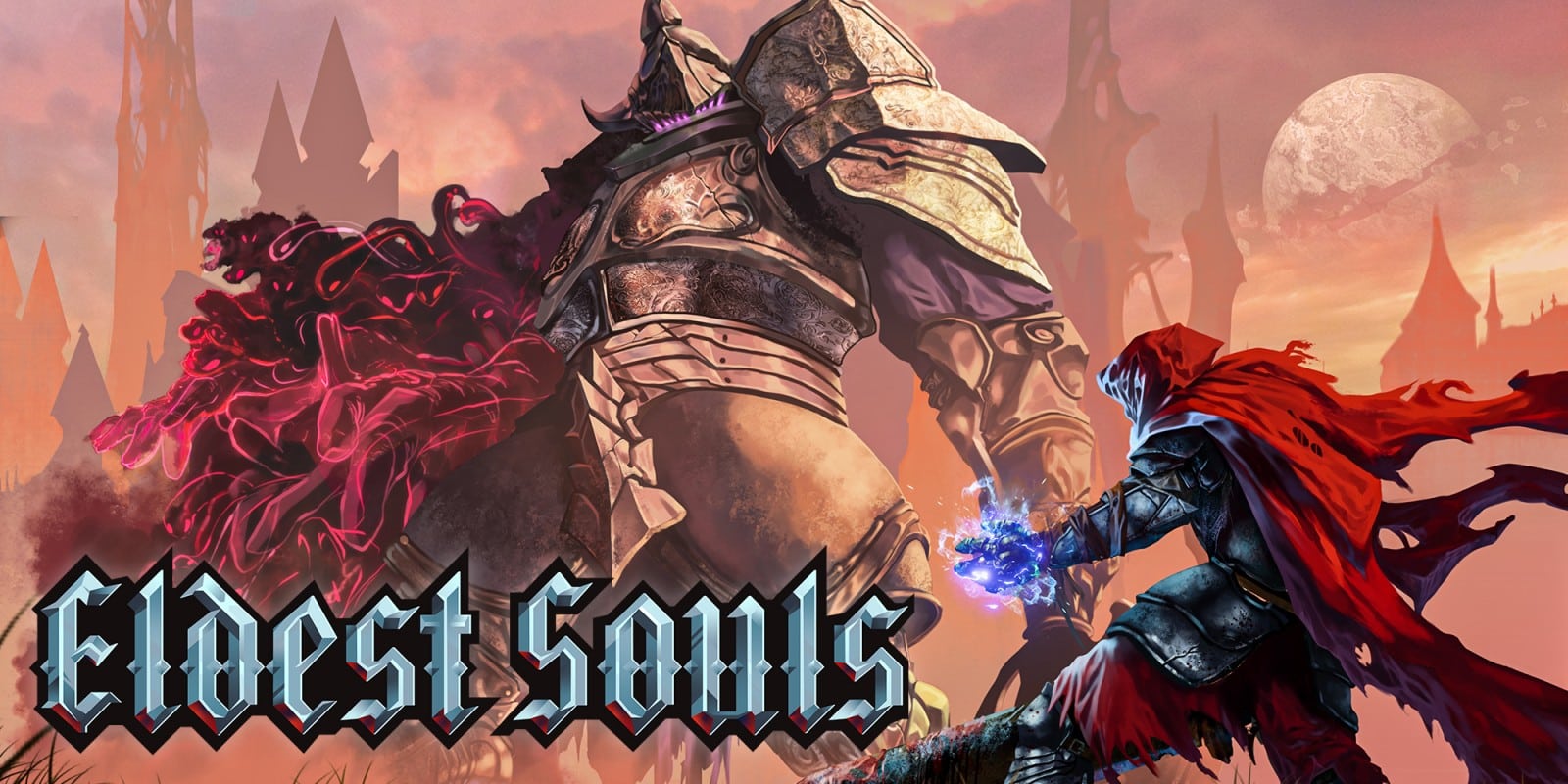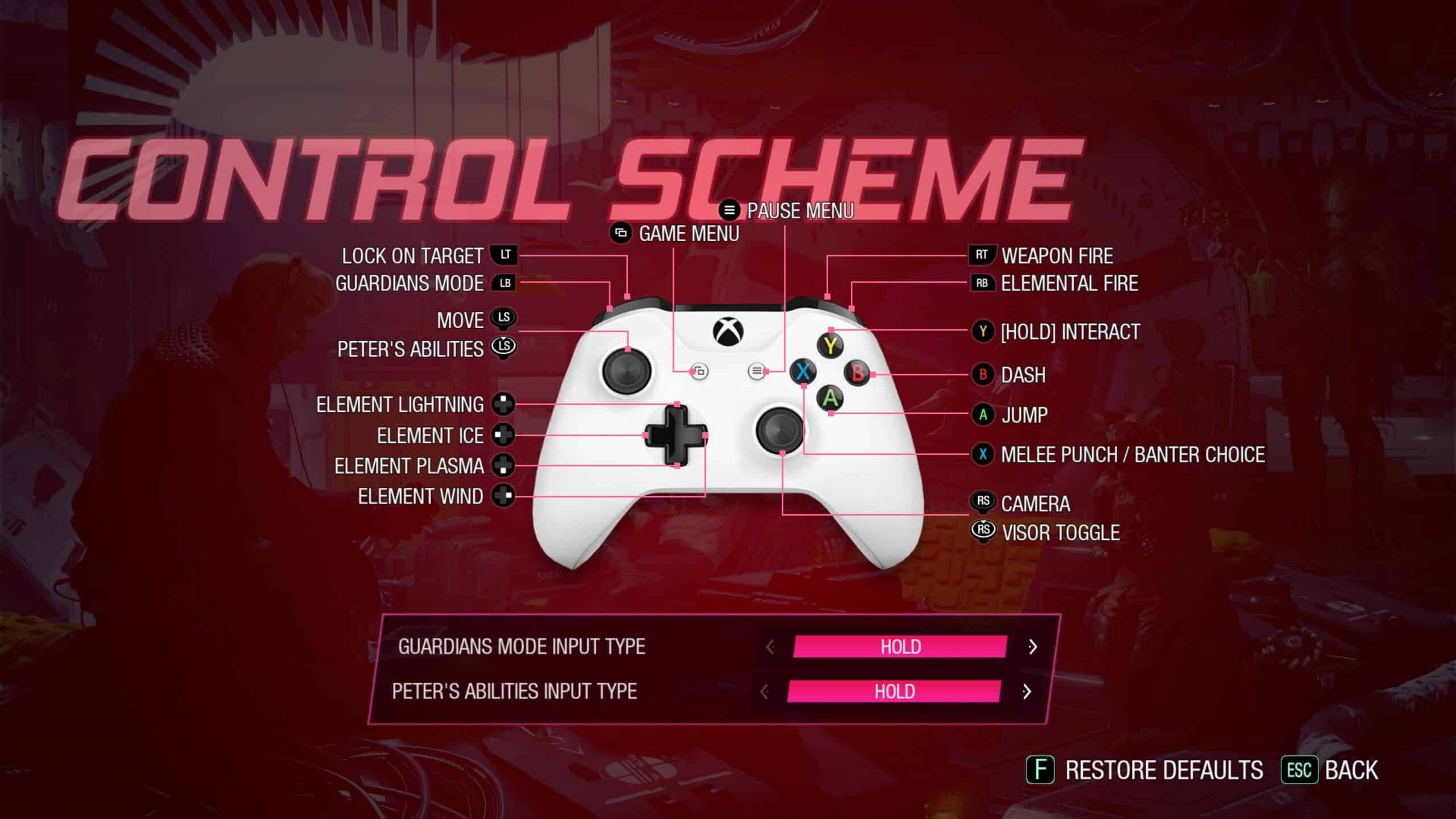Few games have drawn as much negativity and apprehension prior to launch than Ubisoft’s multiplayer seafaring RPG, Skull and Bones. Several delays over several years coupled with numerous back-to-the-drawing-board concept reboots have led media and consumers alike to fear for the worst, as these situations are not often accompanied by resounding success stories. That said, Skull and Bones has finally sailed into open waters, inviting all would-be pirates to seek notoriety among other equally-roguish opportunists, meaning we can finally determine whether or not the self-proclaimed “AAAA” game has been able to successfully navigate the choppy waters during development and reach port with enticing treasures still in tow.
Skull and Bones offers up the grimy-yet-alluring life of a pirate for all who are willing to get their hands dirty in the pursuit of coin and infamy. Of course, you won’t be starting such a journey at the top of the food chain. Oh, no. Instead, you are plopped into the world, a small fish in the biggest pond, with much to prove in the seedy line of work that is piracy. It’s a long way to becoming a feared captain commandeering a dread-inducing vessel on the high seas. You start with only a lowly dhow to your name; the dhow is a boat that can be used to chuck spears at fish, sharks and alligators – and its resiliency is not above being undone by either of those two listed predators.
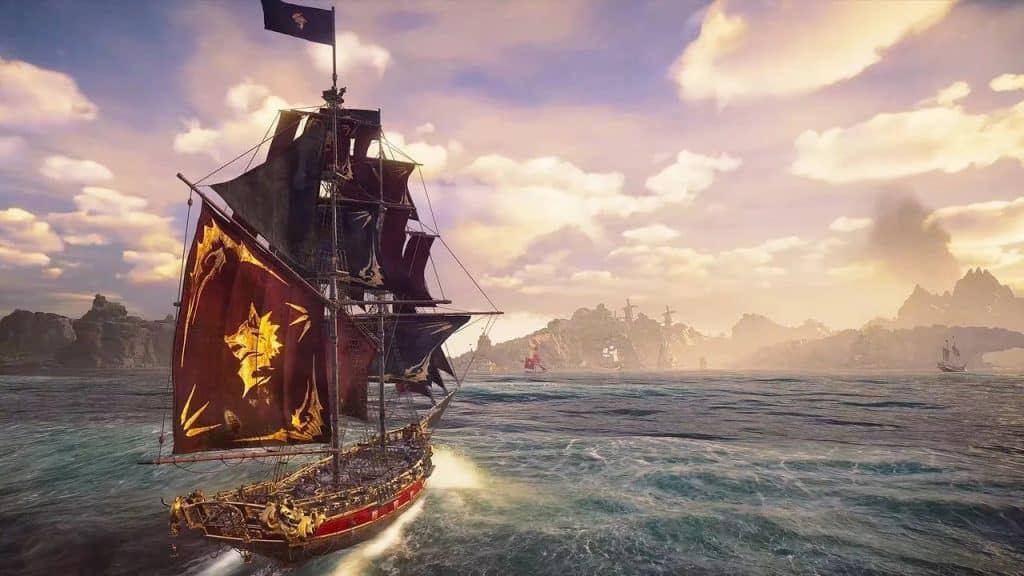
From Rags to Black Flags
After scavenging a handful of supplies, the game introduces players to the various vendors littering the first major outpost (read: social hub), Saint-Anne. The shipwright helps build new ships, assuming you have the right blueprint and ample materials; the carpenter can craft improved tools, such as crowbars, pickaxes, saws, spyglasses and more; the blacksmith is there to outfit ships with better weaponry and keep those cannonball stocked; lastly, the refiner takes all those gathered raw materials and enhances them so that more advanced blueprints can be used. It’s your run-of-the-mill setup for live service vendors offering up goods to aid the player’s progression and build refinement, but it works fine.
Speaking of builds, you may be surprised to learn that there is a bit of buildcrafting in Skull and Bones. The different ships adhere to the classic MMO trinity: tank, DPS, and support. DPS-focused ships may provide improvements to status effects, whereas a support ship can provide aid by restoring hull health to nearby allies. An example of possible synergy between players can be found between the Pyromaniac and Bombardier ships. The Pyromaniac makes ships more vulnerable to damage when they are set ablaze, and that fiery status effect also spreads to nearby enemy ships. The Bombardier has a 70% chance to trigger a 125m explosion with explosive hits, but that chance is boosted to a guaranteed 100% if the targeted ship is currently ablaze. You can see how the two could work together to make a deadly combination. And that doesn’t even touch upon the added buffs of major furniture, fixtures that can be placed on one’s ship – one such piece of furniture immediately applies the “marked” status to ships hit more than 320m away, doubling damage done to them for a time,
Fortunately, the combat in Skull and Bones is one of its stronger areas, partly due to these cooperative synergies as well as its impactful naval battles. The first ship players build can only fire forward, left and right. But later ships can attack in 360 degrees thanks to rear-mounted armaments. It’s up to each pirate to determine how they organize their offensive capabilities. A pirate helming a Rammer may opt for Demi-Cannons at the front, allowing for a high impact but short-ranged shotgun blast prior to slamming into their target. The early hours may provide a lot of same-y vibes when viewing player ships, but venturing out to areas further out across the Indian Ocean start to reveal player pirates who have begun refining their playstyle and appearance.
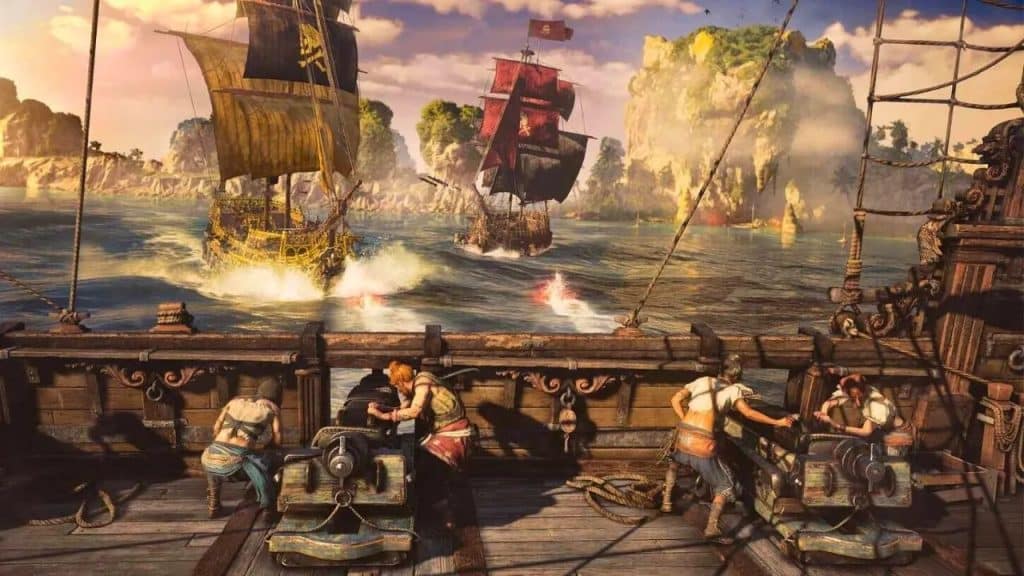
Not-So-Merry Maritime
As a multiplayer game, Skull and Bones is best experienced with friends. Sailing the seas alone makes for a rather dull and tedious experience. Sailing across the large map can result in extended periods of downtime, but it’s at least partially alleviated by sailing as a small fleet with others. This is especially true when you factor in the timed world boss-like co-op battles that definitely require a handful of ships to comfortably take down. As a solo player, this type of content would effectively be barred unless other ships were already in the area and engaged. To a smaller degree, the same goes for the plundering outposts, although it is possible to conquer them alone; players can pull up to outposts and plunder them, resulting in a wave-based onslaught of enemy ships and ever-increasing rewards.
There’s a decent framework here, but Skull and Bones is likely a far cry from the Assassin’s Creed IV: Black Flag spiritual successor many envisioned years ago. For one, all combat is restricted to your ship. Boarding a hostile ship only results in a brief cinematic and a couple added scavenged materials. There’s no third-person flintlock blasting or sword crossing to be found in this pirate sim. The only third person gameplay comes from wandering ports and outposts to visit vendors, pick up quests and do some extremely light exploring on linear paths. For some, that’s okay, but I think it’s safe to say that ship-locked gameplay is a niche market. And that could prove problematic down the line for a game that lives or dies by its player count.
The limitations of Ubisoft’s efforts are further engraved by various issues, ranging from performance problems to graphical hiccups, the latter of which appeared in the form of spastic lighting splashing across the sea while traveling to a distant objective. One particularly annoying bug that happened one too many times was the constant and rapid pop-up of a huge banner on-screen stating my “Death Mark Has Expired” despite never actually accruing such a mark in the first place. This problem persisted the entire session and was not resolved by resetting the game; only by logging in several hours later was I alleviated of this problem. I can’t say the problems are anything unfamiliar to your typical Ubisoft title, but when the rest of the quality dips into questionable territory at times those issues only serve to highlight the depths of those low points.
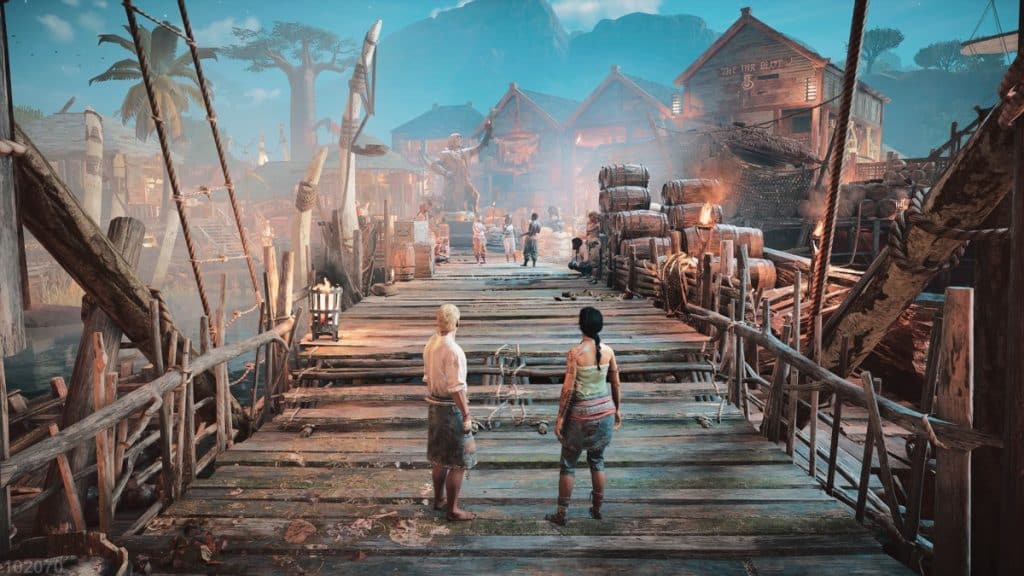
Among those weak points sits a barely-present story and soulless NPCs, existing for little reason other than to act as a tutorial for progression systems. But no real effort is made to connect the people together in meaningful ways in service of a gripping pirate tale. Additionally, the endgame is a tough sell in its current state. Eventually, players will gain access to the Helm and partake in cargo runs for goods of varying legality. And an economy system pokes its head out, incentivizing players to buy low from one area and sell high in another for some quick coin. While most of these systems are PvE-oriented, PvP does open itself in specific instances later on via PvPvE ship-clashing territory controls and competitive convoy control Legendary Heists. They’re fine as-is, but the current state of endgame offerings is rather anemic.
Skull and Bones Review Verdict
Skull and Bones: Skull and Bones is finally a real, fully-launched product after several years of troubled development. While some components manage to pleasantly surprise, like ship buildcrafting and general ship-to-ship combat, the jankiness on the technical front, the exhausting live service components and the slim yet grindy endgame leave a lot to be desired. As always with live service titles, we can look towards the next year of seasons and additional content to see how it develops, but for now Skull and Bones is a middling recreation of the pirate fantasy. – Joshua
Editor’s Note: Skull and Bones was reviewed on PlayStation 5, and a copy was provided to us for review purposes.


